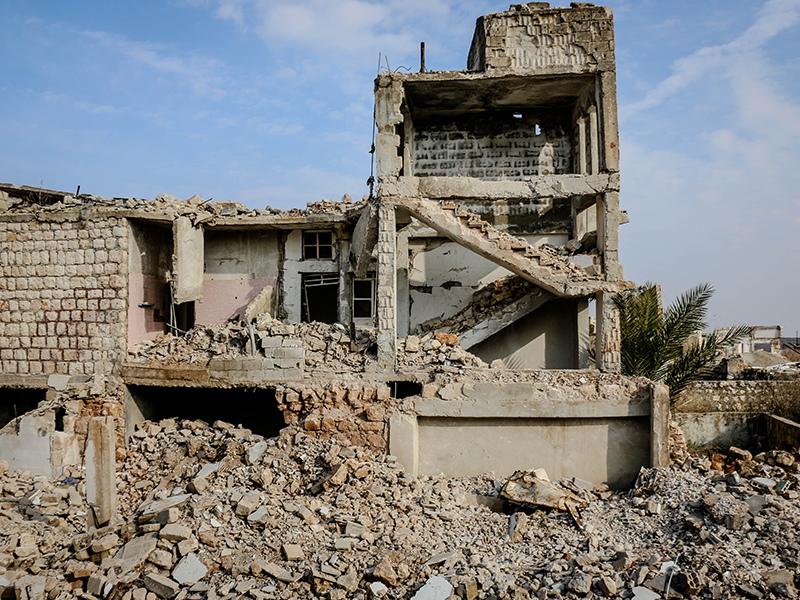UPM research how to improve a building's energy efficiency with recycling materials.

Researchers from the Polytechnical University of Madrid (UPM) are studying the possibility of reusing and recycling construction and demolition waste for improving the thermal insulation characteristics of buildings, thus reducing energy expenditure costs.
In Spain, 22,7% of total energy consumption proceeds from buildings, and the construction, energy and industrial sector produce 50% of the construction and demolition (RCD) waste.
From “Escuela Técnica Superior de Edificación (ETSEM) de la Universidad Politécnica de Madrid (UPM), in collaboration with the” Università Degli Studi di Napoli Federico II”, has been developed an energetic simulation model which has shown that energy savings of between 8% and 13 % can be achieved using RCD´s depending on whether the climate is hot or cold.
Recycled materials can be used in different constructive elements of the roof and façade of buildings to replace cement mortar, ceramic bricks, cement render mortar, laminated plasterboard, or lightened roof-sloping mortars, all with the aim of making the building more energy-efficient. To quantify the potential of recycled materials, researchers from the Technology and Environmental Group of the ETSEM have developed an energetic simulation model using a four-storey residential building, six flats per floor with a space of 110m2 each. The building simulates different climate conditions in Spain.
A preliminary analysis made it on the reference building -without recycled materials-, where the energy-saving potential of the construction element is defined. The results indicate that energy losses increase in the roof and the façade in the cold months while the opposite is observed in the ground. On the other hand, in the summer months, the major losses take place through the soil in contact with the terrain, and the main benefits are for the roof and the façade, being more significative in warmer climates.
On a subsequent analysis made on the reference building -with recycled materials-, the results indicate that the energy-saving can ascend 8% in Sevilla and 13% in Soria, being more effective placing the recycled materials on the roof rather than on the façade. In addition, economic savings on air conditioning can achieve 14% in Soria and 4% in Sevilla. This means that highly insulated buildings work better in cold environments as warm environments overheat the interior of this. Even so, a reduction in the economic cost is achieved.
In the opinion of the UPM researcher César Porras: “The results of this study show that including recycled materials in our buildings it’s a success because it reduces the consumption of raw materials giving a second life to construction and demolition waste, and reduces the energetic consumption of the buildings”.
Reference:
Upm.es. 2022. Universidad Politécnica de Madrid. [online] Available at: <https://www.upm.es/UPM/SalaPrensa/Noticias?id=61ffec018e1ed710VgnVCM10000009c7648a____&fmt=detail&prefmt=articulo> [Accessed 27 January 2022].